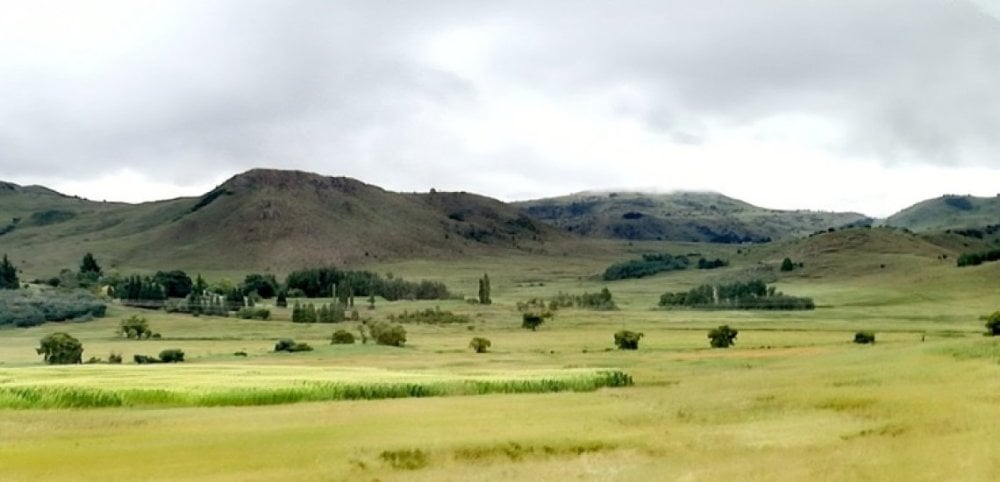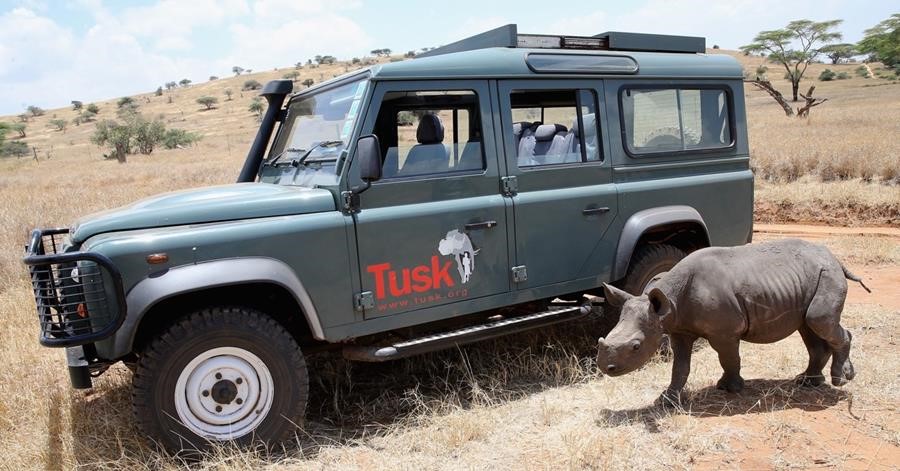Wild Horses of Alberta Society....
Posted on
|
So yesterday I was having a canter around the BBC website and having a browse and I came across a video made by the Wild Horses of Alberta Society. The Society is "committed to the preservation of these magnificent animals in their natural environment" and they have a number of videos on their You Tube page which I must say I did enjoy. As well as informing the public about the history of these wonderful horses, the Society is also working with the government to establish reasonable and achievable wild horse population management solutions, and also another objective I particularly like is their work to promote the welfare of wild horses by rescuing, gentling and rehoming of wild horses providing veterinary care. They also have a wild horse adoption programme. Of course, being a horse lover I had to have a look, and the video was just wonderful! The wilds of Alberta, the care the people took of these wild horses and the spirit of the horses was just - for me - really moving. Here's one of their videos, A Year with the Wild Horses - do take a look!
The organisation entered into a Memorandum of Understanding with the province of Alberta back in November 2014 - a 5 year agreement. It means WHOAS can run 2 programmes in a large area of the Sundre Equine Zone -
It's always interesting to see how people are working to help animals and I do wish the Society well in its work. Click here to visit the Wild Horses of Alberta Society's website
|

 Sharing an ethos.....
Sharing an ethos.....